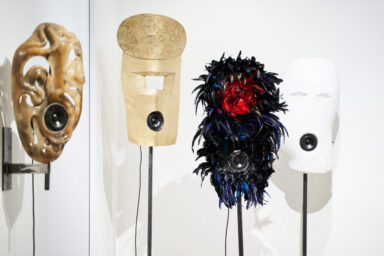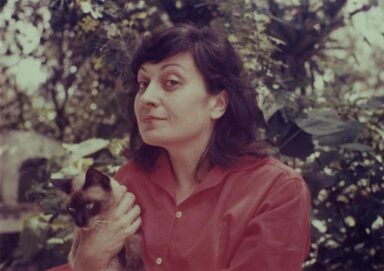Text: Patrizia Catalano
A museum, hotel and industrial center for ceramics manufacturing in China, at Liling (Hunan), designed by Archea Associati. An important complex that takes the economic and cultural value of the place into account and emphasizes it in a composite work of architecture: a set of volumes with a circular plan, “vases” shaped by sinuous contours, without sharp edges, always concave or convex, creating an off-scale array of archetypes from the Chinese culture of pottery. A project that reflects the Archea philosophy, in tune with history and space. Over the years Marco Casamonti and Giovanni Polazzi, the founders of Archea, have developed one of the most famous and important Italian architecture firms on an international level, whose many projects include the marvelous Antinori winery at San Casciano, Val di Pesa, in the heart of Chianti, an award-winning building grafted into the landscape, more like a work of Land Art than an architectural artifact. The headquarters of the studio, with many projects in progress around the world, is in Florence, in a handsome building from the early 1900s facing the Arno.
“The studio in Florence is our home,” says Marco Casamonti, “but our international activity requires work all over the world: hence the need to open other Archea offices in Rome, Milan, Beijing, Sao Paulo and Dubai.” The quality Casamonti insists upon in Archea’s approach to architecture is an Italian style, in the classical Renaissance sense of the term. From a creative family – his brother Michele is at the helm of the famous Galleria Tornabuoni, one of the most prestigious Italian galleries of modern and contemporary art, founded by their father Roberto Casamonti in 1981 – Marco Casamonti is a forceful exporter of Italian culture in the world. “Throughout the 20th century Italian architects were great ambassadors of the culture of our country, which has deep roots, blending artistic and productive knowledge to generate a unique poetics. I believe we must continue this tradition: we are able to narrate space not only through a monolithic gesture (as is fashionable today in this era of “starchitects”), but also through ancient skills. History is our trump card: we have it and we have to come to terms with it, but we are also lucky to be part of history, and we have to exploit it.” Without overlooking contemporary values, however. “We have to bring our heritage into the present and translate it in architectural poetics.” A task Archea accomplishes with great aplomb: the ability to intuitively grasp the genius loci, to sense the values expressed by a place, the insight of a sign accompanied by an always pertinent choice of materials. In Trieste, a building that also contains the new Eataly store will soon be opening in the former wine warehouse of the Old Port: “we have left the historic structure intact, and inside it we construct the building that contains the commercial complex, entirely clad in mosaic tile.” The firm has also designed a stadium in Tirana (now under construction, while their stadium in Udine has recently been completed). As Jean Clair writes in “The Winter of Culture,” perhaps the stadium is the most extraordinary and lively work that can be designed by a contemporary architect. The studio has also recently completed the “Centro Diurno per Disabili” in Seregno, “a project that has a very powerful meaning for us: to work for people who have psychological problems and motor impairments means taking architecture towards a universally accessible language; it is an experience that will certainly have repercussions in our future projects.”



